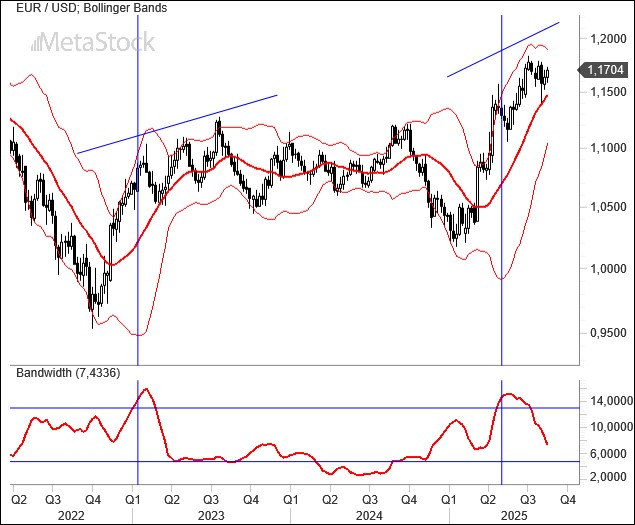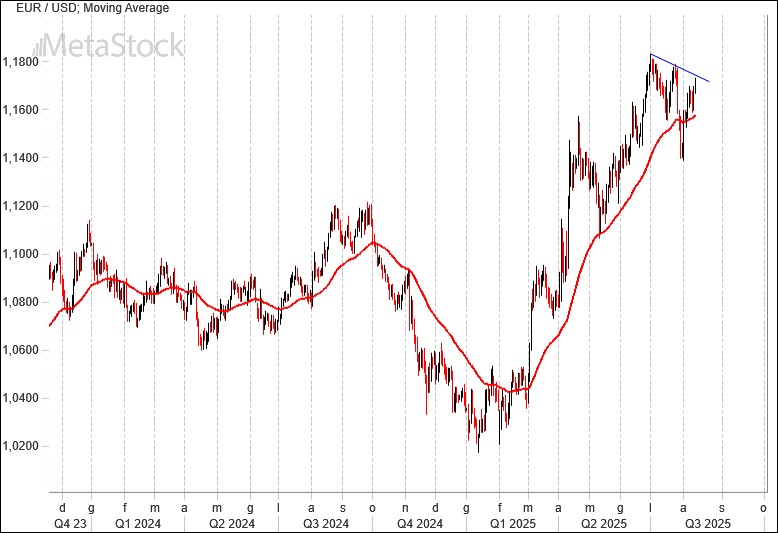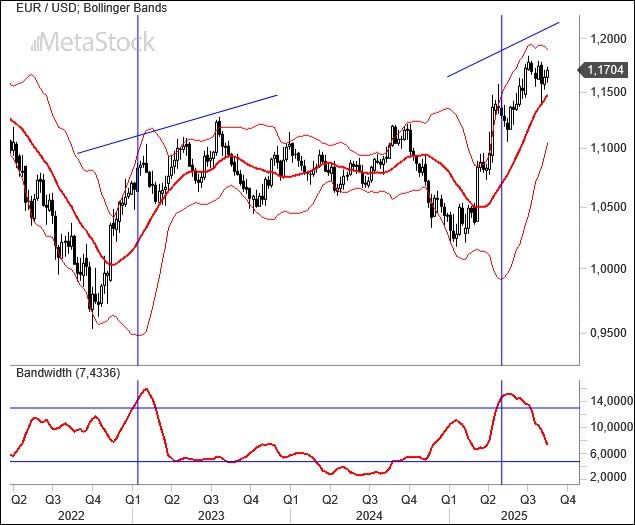- The U.S. President wants to secure trade deals before the end of summer, taking aim at those who, for various political reasons, oppose his agenda. After Brazil and Switzerland, India is now in the focus. Meanwhile, a Trump-Putin meeting appears on the horizon.
- Europe, for its part, is keeping a low profile, though the euro’s excessive strength could become a concern for exporters already hurt by tariffs. At the heart of Europe, Switzerland is among the hardest hit by the trade war.
- EUR/USD has already ended its brief corrective phase and is once again targeting resistance levels, bolstered by expectations of a Fed rate cut in September.
Trump’s Tariff Moves Keep the Dollar Under Pressure
The illusion of a stronger U.S. dollar lasted only a few hours. The greenback continues to show structural weakness, selling off sharply each time Trump’s tariff-related statements hit the market with fresh uncertainty and disruption.
Following a period of reflection, extended for more critical trade partners such as Mexico and China, some agreements have trickled in, though their actual implementation remains unclear. For others, like Switzerland, Brazil, and India, the outcome has been abrupt and unwelcome letters outlining punitive measures.
Markets are still focusing on fundamentals. After the latest U.S. employment report, expectations for a September rate cut have grown, narrowing the short-end yield advantage U.S. Treasurys hold over those in the G10 bloc. The inevitable result: renewed weakness in the dollar.
While equity markets seem unfazed by the current trade uncertainty—confident in the prospect of earnings growth—currency markets are navigating a more fragile landscape, with the Japanese yen still under pressure, alongside the dollar.
In Frankfurt, policymakers are watching the euro’s rise closely, wary of the impact on exporters already hit by a new 15% tariff. That said, a strong euro is helping the European Central Bank’s efforts to keep inflation contained. The mid-August meeting between Trump and Putin could mark a new chapter in the war between Russia and Ukraine.
technical analysis: Euro Holds Above 50-Day Average, Tests 1.17–1.18 Resistance
This isn’t yet the moment for the euro to surge higher. Several technical factors still need to align, from market sentiment to seasonality and oscillators. The longer this process takes, the shallower any dollar recovery is likely to be.
On the weekly chart using Bollinger Bands, peaks in volatility have historically preceded major tops. That pattern played out in both 2020 and 2023, and it appears to be repeating now, with the upper and lower bands converging, flattening volatility, and preventing the euro from pushing decisively above 1.18.
Once the bands tighten to their minimum range, the countdown will likely begin for the euro’s next bullish move. For now, risks remain confined to the key support area between 1.12 and 1.13.

In just a handful of sessions, the euro has climbed back above its 50-day moving average, which has supported the current bull market. After a brief pause—proving to be a bear trap in the wake of the EU trade agreement—EUR/USD has resumed its upward march.
The next test will be whether the euro can challenge and break through resistance on the first attempt. The 1.17 and 1.18 levels are critical in this respect. For now, the base case remains a continuation of range-bound trading until September, when the Fed makes its rate decision.



Leave a Reply
You must be logged in to post a comment.